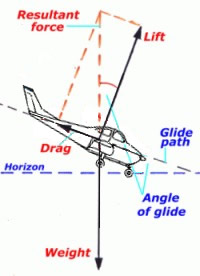MrManH
Pre-takeoff checklist
Hi everyone,
I originally learned that in a stabilized climb or descent, the load factor is 1G which for all practical intents and purposes is close enough to correct.
Following the example in this thread:
http://www.pprune.org/professional-...d-factor-during-stabilized-climb-descend.html
The load factor when the airplane is in a stabilized climb or descent is slightly less than 1.
While I understand the math, I don't understand why the load factor is less than 1 in a stabilized climb. A climb requires down-force on the tail to increase the AoA of the wings, this down-force increases wing loading, doesn't that mean a slightly increased load factor?
I originally learned that in a stabilized climb or descent, the load factor is 1G which for all practical intents and purposes is close enough to correct.
Following the example in this thread:
http://www.pprune.org/professional-...d-factor-during-stabilized-climb-descend.html
The load factor when the airplane is in a stabilized climb or descent is slightly less than 1.
While I understand the math, I don't understand why the load factor is less than 1 in a stabilized climb. A climb requires down-force on the tail to increase the AoA of the wings, this down-force increases wing loading, doesn't that mean a slightly increased load factor?

